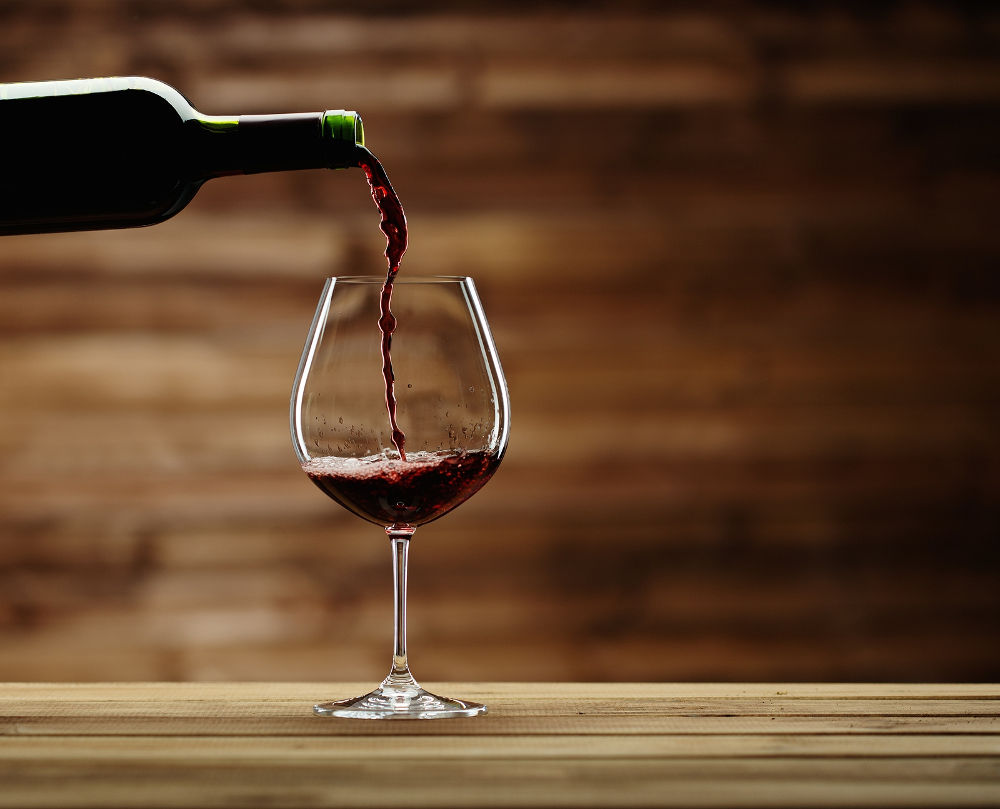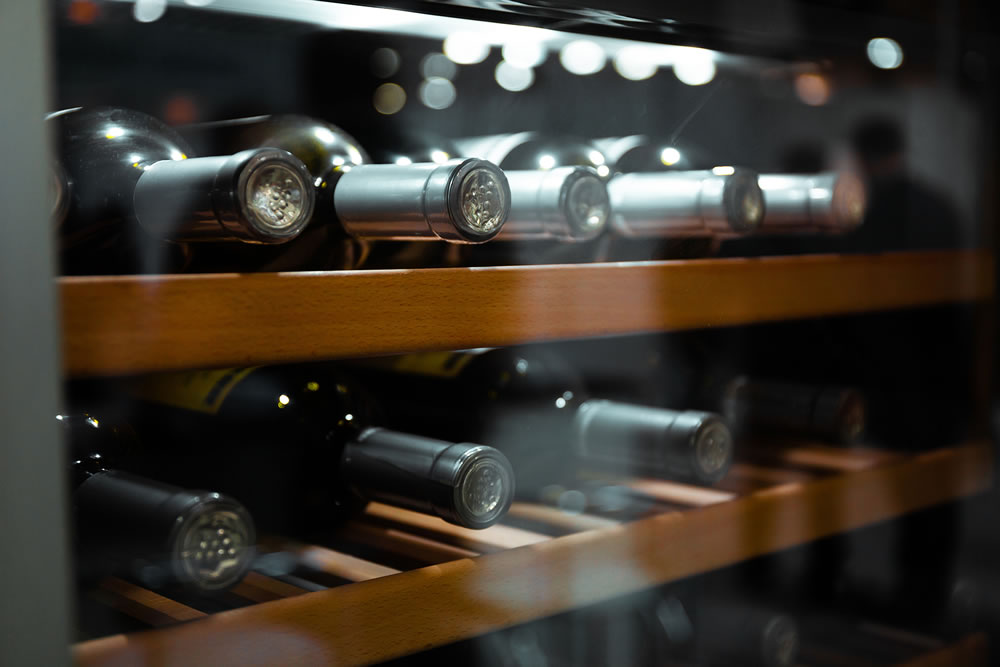Have you ever wondered if you need to finish that bottle of wine in one sitting? Nope, you don’t! But how long does wine last after opening, and how can you keep it tasting great?
Knowing how to properly store an opened bottle of wine can avoid unpleasant surprises. After all, no one wants to be sipping a glass of sour vinegar!
Let’s look at what affects a wine’s lifespan and some practical ways to keep it tasting fresh, with the help from leading wine retailer Laithwaites.
How can you tell if wine has gone bad?

First off, what are the telltale signs that your wine has gone bad?
The colour may have changed – white wines may turn dark yellow or brown, while red wines take on a brick or tawny colour. The wine may look cloudy or have sediment that wasn’t there before.
If it smells sour, like vinegar, or has a sharp chemical smell like nail polish remover, it’s likely gone bad. A musty, wet cardboard smell can indicate cork taint.
If you risk drinking spoilt wine, it may taste acidic, sour or bitter. At best, its flavours seem muted and flat.
Why does wine go bad?
Most wines last several years unopened – some red wines and fortified wines can be stored for decades. But once you open a bottle, the wine meets oxygen in the air and starts oxidising, similar to how a sliced apple turns brown.
This can dull the wine’s flavour, eventually turning it sour and vinegar-like. Refrigerating it and resealing the bottle slows this process.

So, how long does wine last after opening?
Most wines stay good for 3 to 5 days after opening. Fortified wines like port and sherry can last much longer.
Older wines are more delicate and generally last 1-3 days once opened, but their flavour can start changing within hours.
Here’s a breakdown:
Red wines – typically last 3-5 days. Full-bodied reds like Cabernet Sauvignon and Syrah/Tannat tend to hold up better due to their higher tannin and alcohol content.
White wines – generally stay fresh for 3-4 days. Light-bodied wines like Sauvignon Blanc and Pinot Grigio are more susceptible to oxidation, while full-bodied whites like Chardonnay can last a bit longer.
Rosé wines – like white wines, rosés maintain their quality for about 3-4 days.
Sparkling wines – they are best consumed within 1-3 days. The bubbles (carbonation) tend to disappear quickly, leaving the wine flat.
Fortified wines – thanks to their higher alcohol content, ports and sherries can last for weeks up to a few months.
Boxed wines – thanks to their airtight seals, boxed wine can last 3-4 weeks once opened. They are a great option for casual drinkers who prefer not to open a whole bottle.

How to keep your opened bottle of wine fresh?
Storing your opened bottle correctly means you can enjoy it for longer.
1. Cork or cap?
Always reseal your wine with the original cork or a wine stopper. A champagne stopper is ideal for sparkling wines. Ensure screwcaps are properly tightened.
2. Stick it in the fridge
Next, pop it in the refrigerator. This applies to reds, whites and rosés. Fortified wines can be kept in a cool, dark place. Lower temperatures slow down the oxidation process. Take red wine out of the fridge about an hour before drinking.
3. Store upright
Store bottles upright to reduce the wine’s surface area exposed to air.
4. Pour into a small bottle or containers
Transfer leftover wine to a smaller bottle to limit the amount of air in contact with the wine. This is particularly useful if you’re dealing with half a bottle or less.
5. Use a vacuum pump
A vacuum pump removes air from the bottle, reducing oxidation. This can extend the wine’s life by several days. Vacuum pumps are relatively inexpensive and easy to use.

Other uses for leftover wine
Not finishing that bottle? Leftover wine can be put to good use in a variety of ways. Here are some clever and delicious ideas for repurposing your leftover wine.
Try wine-based cocktails such as a New York Sour or White Wine Mojito. You can also mix leftover wine with fruit juice, sliced fruits and a splash of brandy or soda for a refreshing sangria. Warm leftover red wine with spices like cinnamon, cloves, and nutmeg for a cosy winter drink.
Leftover wine is also great for cooking. Red wine is perfect for beef stews, pasta sauces and other sauces, while white wine works with chicken dishes, seafood sauces and creamy pasta. It can also be used to marinate meats before grilling or roasting. It adds flavour and helps tenderise the meat.
A good tip is to freeze leftover wine in ice cube trays. Then you can use the cubes to chill your next glass of wine without watering it down, or add them to soups and sauces.






















